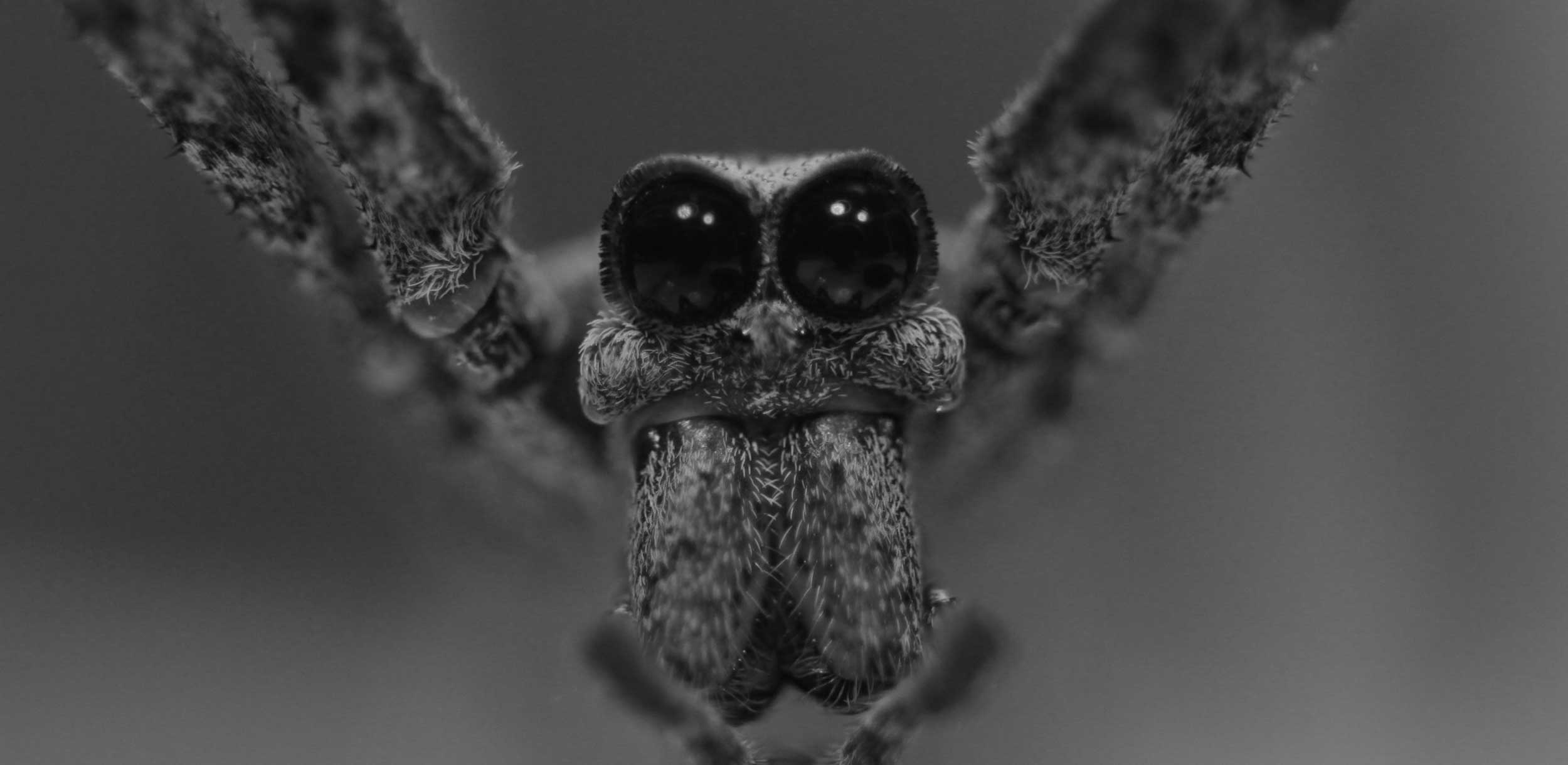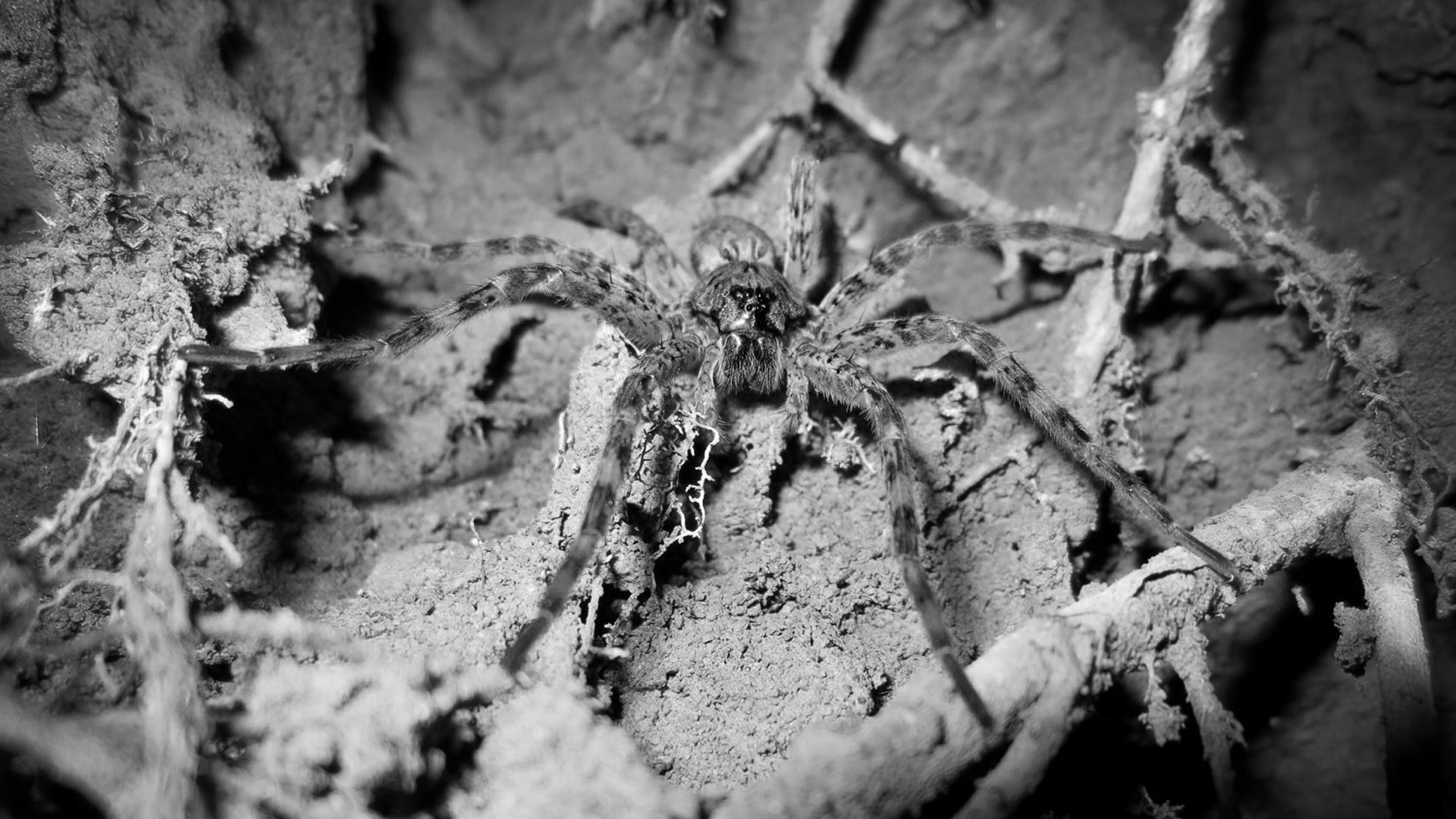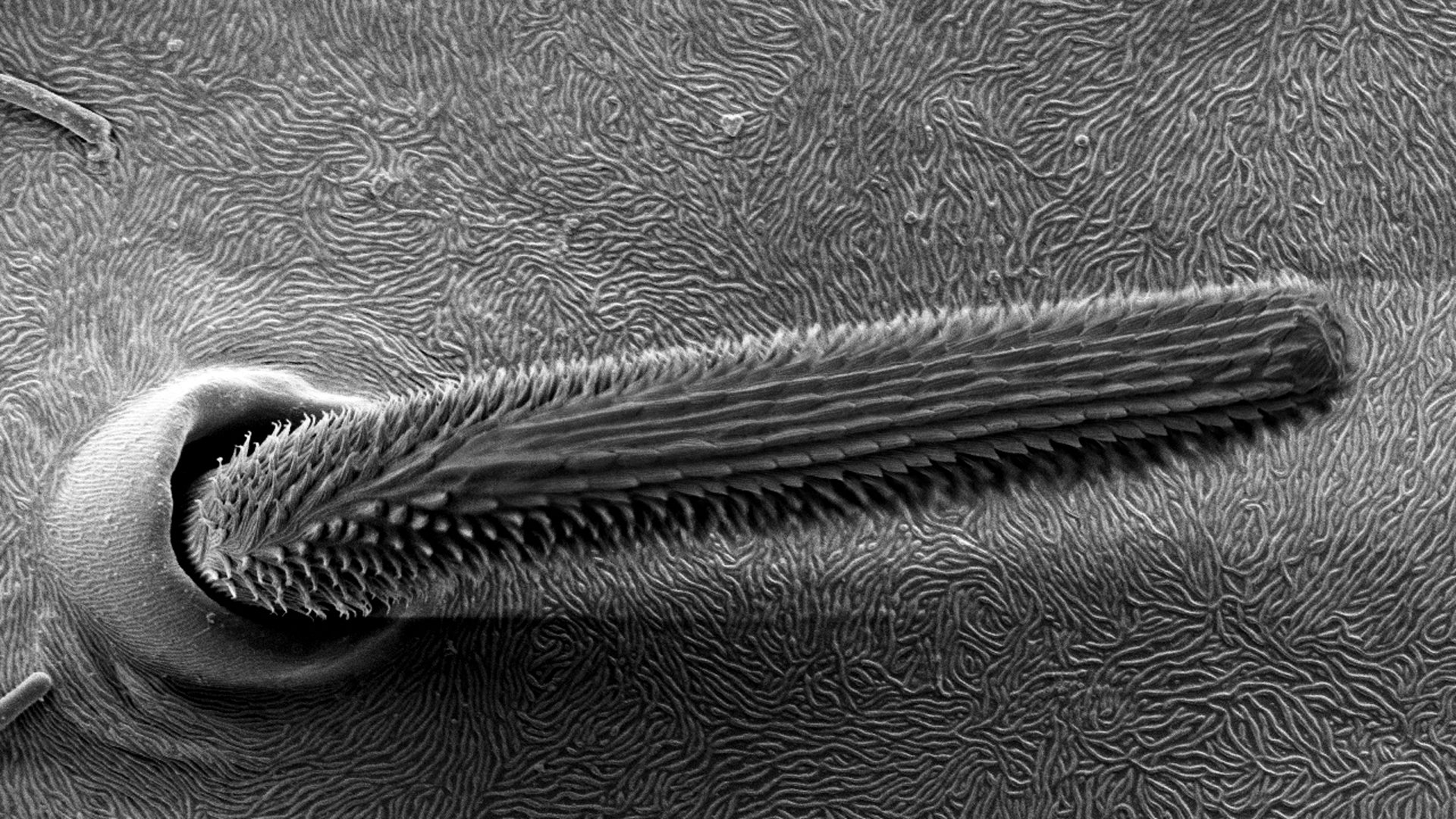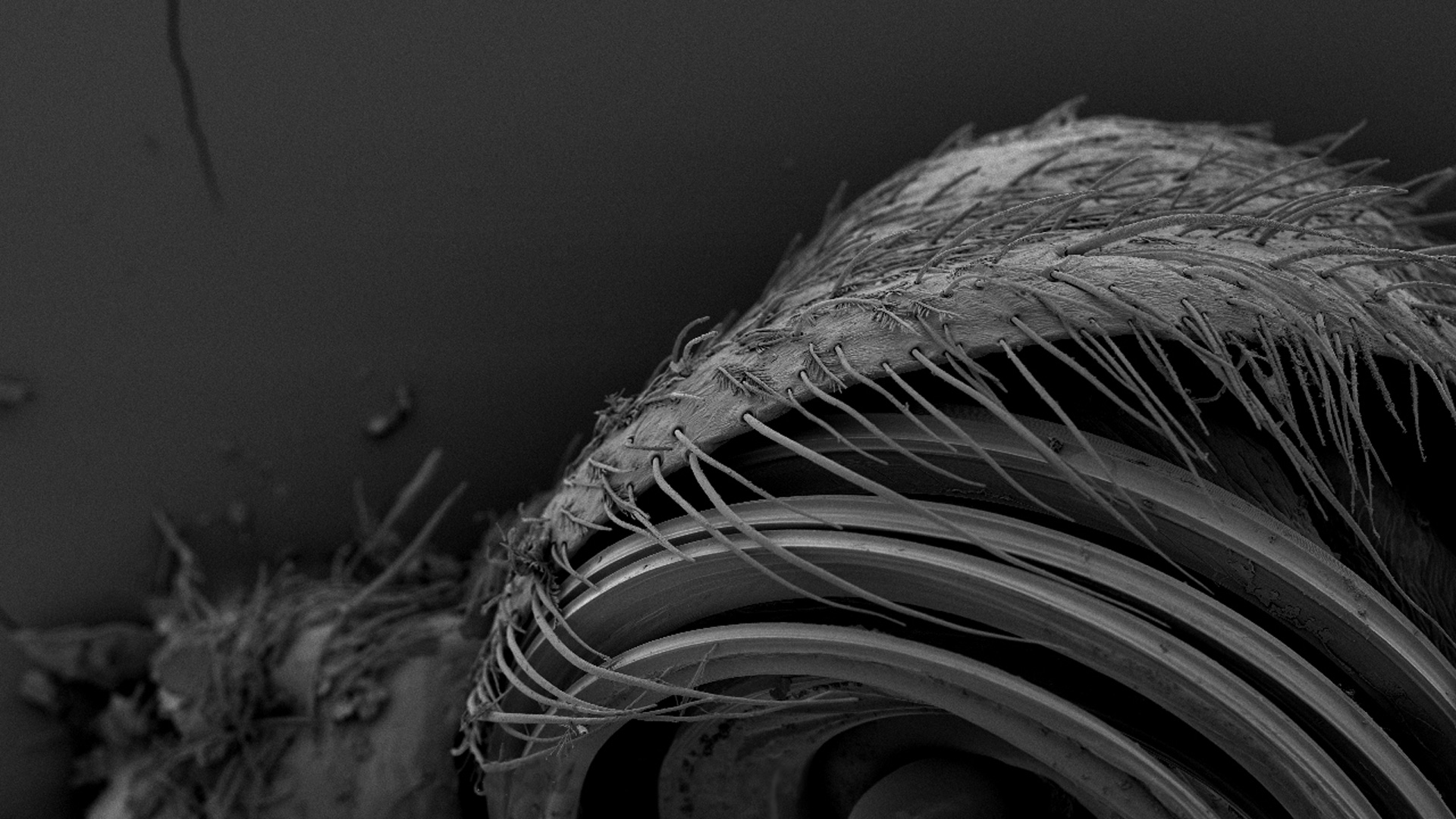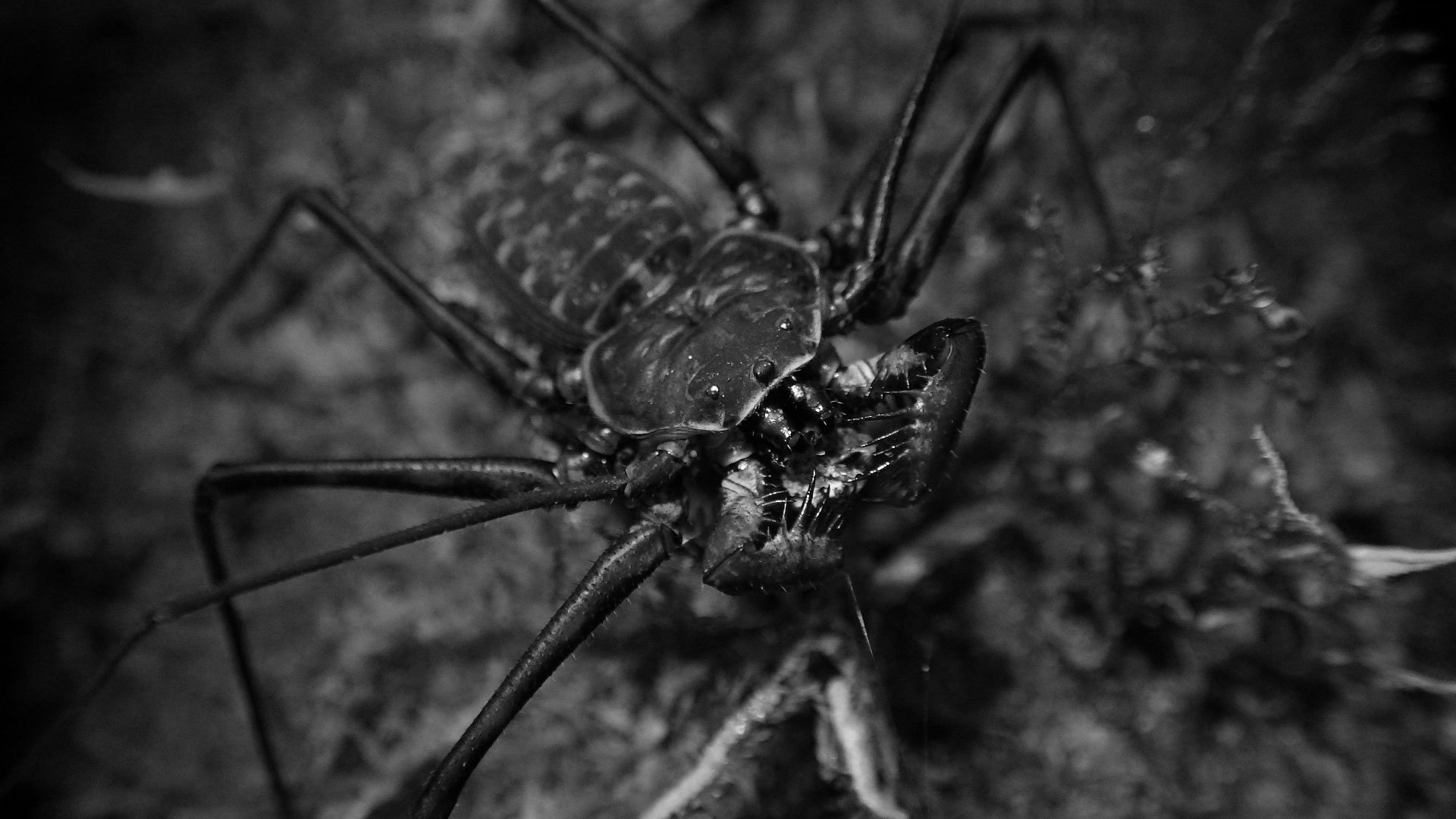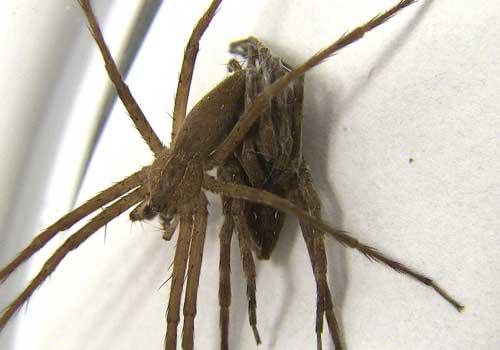Research
Animal communication, sensory biology, mating systems, multimodal signaling, learning and memory, neural mechanisms of behavior, arachnids, jumping spiders, fishing spiders, net-casting spiders, wolf spiders, harvestmen, amblypygids, solifugids, informal science education.
The diversity of animal life on our planet is absolutely astounding and my research is driven by a fundamental interest in understanding how this diversity arose and how it currently functions. In particular, I am captivated by the variety of often spectacular ways in which animals communicate with each other – frequently incorporating specialized structures, colors, and patterns into intricate dynamic movement displays. Similarly, I am fascinated with the diverse means by which animals acquire and use information from their environment – often exploiting highly specialized sensory structures and associated central processing systems. Finally, extreme mating behavior, often seemingly maladaptive at face value, pose extraordinarily fun evolutionary puzzles to piece together. Following from these central interests, my research programs can be generally arranged according to three main themes: (i) animal communication, (ii) sensory biology, and (iii) mating systems.
Animal Communication
Animals engage in communication with members of their own species, as well as with other species, for a variety of reasons and across a variety of contexts. Often elaborate communication displays involve multiple parts that often encompass more than one signaling modality (e.g., color or dynamic movements (visual) and songs (acoustic). Why communication signals are so complex, how they have evolved, and how they currently function are major foci of research in the Hebets Lab. A major project at the moment involves developing a theory-driven comparative systems framework for generating and testing evolutionary questions of complex signal architecture and empirically implementing this framework using data collected from Schizocosa wolf spiders.
Sensory Biology
Animals rely on their sensory systems to gather and process environmental information integral to survival and reproduction. Since a given animal’s sensory systems have been shaped and streamlined through selection to increase important information processing and decrease the cost of excess processing, studying sensory systems can elucidate various aspects of animal evolution, behavior, ecology, etc. How have these sensory systems been shaped? How do they function? What is their role in diversification? How are they linked to central nervous system function such as learning and memory? Currently, net-casting spiders and amblypygids encompass much of the lab’s research on sensory systems and mechanisms underlying complex animal behavior.
Mating Strategies
Though both females and males share the ultimate goal of successful reproduction – the production of viable offspring that will survive and reproduce – the strategies that are most effective for one sex may be at odds with the strategy that is most effective for the other sex. Such distinct strategies between the sexes for reproductive advantages can lead to seemingly unusual mating behaviors. Spiders are notorious for unusual and extreme mating strategies, including self-sacrifice and sexual cannibalism. We use spiders within the family Pisauridae (fishing spiders or nursery-web spiders) as focal systems for exploring the costs and benefits of extreme reproductive behavior.

